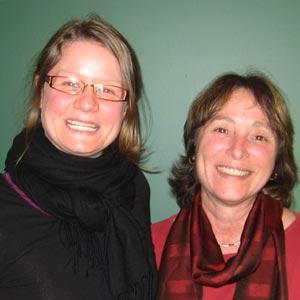Discovering new worlds on Earth
In 2000 during an oceanographic cruise a group of researchers stumbled upon a unique discovery – a completely new kind of hydrothermal vent field.

Main content
Guest lecturer Gretchen Früh-Green, from ETH (the Swiss Federal Institute of Research in Zurich), was aboard the ship and shared some reflections about her experience. She presented information about the unique geology of this new kind of hydrothermal vent field - quite different from the types recently discovered by CGB researchers.
The energy source driving the hydrothermal activity at the Jan Mayen vents and at Loki's Castle is the magma reservoir that is nearer to the surface at the mid-ocean ridge spreading zones. However, Lost City is "off axis" - located away from the ridge where the predominant geological activity is tectonic, such as faulting activity, rather than volcanic. The venting activity is cooler and more diffuse. Researchers believe that it is direct chemical reactions between the mantle rocks themselves and the percolating sea-water that have produced the spectacular carbonate tower structures that can be up to 60m tall.
Researchers now feel that venting systems such as Lost City may not be unique, and more may be discovered as researchers continue to explore the relatively unknown expanses of the deep sea. They have found historical evidence for this kind of venting process in ancient rock outcrops on land.
Similar geological processes seem to be at work on the moon Io leading researchers to speculate that this could be an ancient process driven by the cooling of the earth's crust and further study may provide insights into the environment on early earth.
